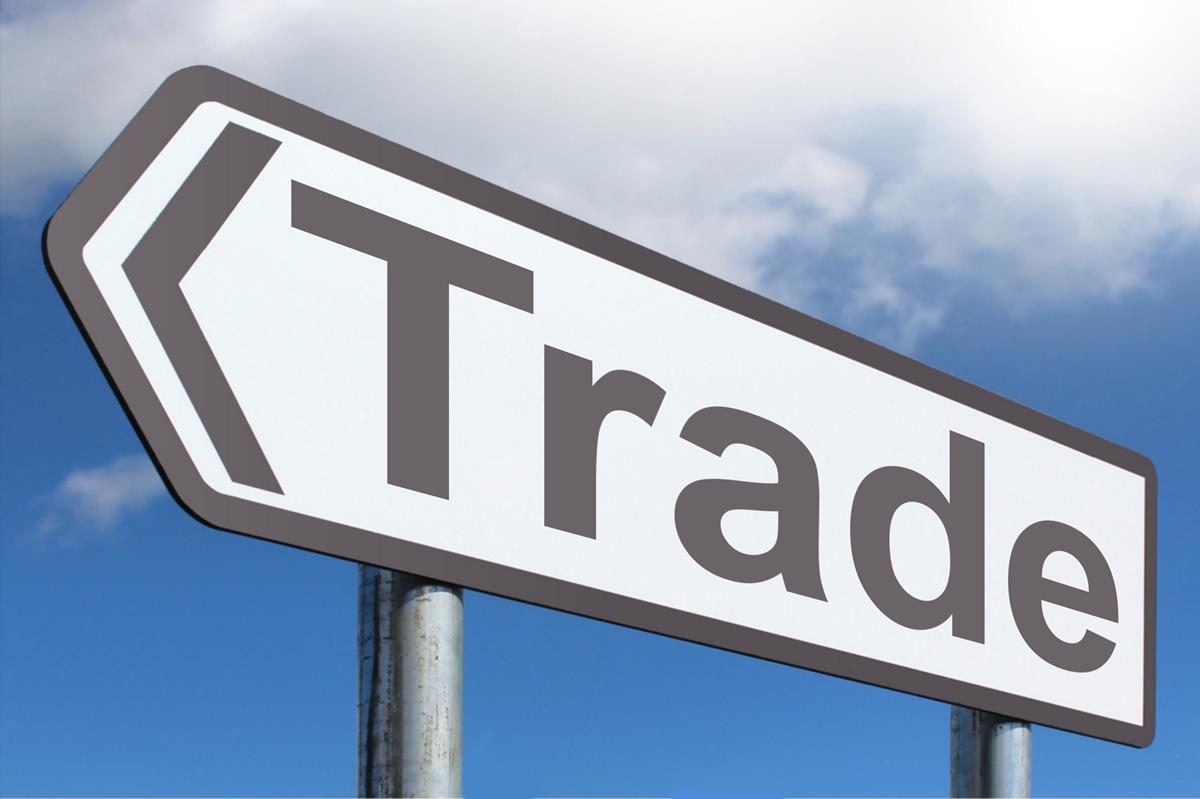RJ Market Watch
Dubai’s Trade Growth Has Stalled; Value of Imports And Exports At A Standstill For Six Years Running

Dubai’s reputation has been built on trade. The idea of being an international business hub is woven into the fabric of the city and plays a central role in the history of the emirate. It was the dredging of Dubai Creek in 1960, at the instigation of then ruler Sheikh Rashid al-Maktoum, which paved the way for what the city has since become: a forest of gleaming towers, a regional business hub, a magnet for sun-seeking tourists and a low-tax link between east and west.
Yet something is going wrong these days.
Over the decades the authorities have continually invested in expanding facilities for importers and exporters, with Dubai now home to huge free trade zones, one of the world’s busiest international airports and a top-1o container port. But despite all the world-class infrastructure, trade volumes haves stalled.
Dubai’s non-oil trade was worth AED1.3 trillion ($354bn) last year, according to figures released over the weekend. That was down very slightly on the year before but, more importantly, it also marked the sixth consecutive year of slow or no growth. Indeed, the emirate’s international trade is now worth slightly less than it was in 2013 and 2014.
This recent history is a significant change from the pattern that was evident in the years up to 2012, when the value of the emirate’s trade expanded sharply year after year, from AED480bn in 2005 to AED1.2bn seven years later. Annual growth in those years was often in double-digits, other than a downturn in 2009 during the global economic crisis.
However, trade levels have fallen in three of the past four years.
This fits in with a wider, troubling pattern for the local economy. The authorities have become slow to release official data about what is happening in terms of GDP growth, but there are plenty of other indicators that offer an insight into what is going on.
The local stock market, the Dubai Financial Market, was the world’s worst performing bourse in 2018, with the DFM General index falling 25% over the course of the year. Some of the large listed property developers (a key sector of the local economy) saw their market value slump during the year.
Last month local port operator DP World reported “softer volumes” in the UAE in 2017 – the number of containers that moved through its ports at Jebel Ali and Mina Rashid fell by 2.7% in 2018, compared to the year before. DP World chairman and chief executive said the lower volumes were “due to the loss of low-margin throughput, where we remain focused on high-margin cargo and maintaining profitability.”
One area where the trade has been hit has been with Qatar. In June 2017, the UAE (along with Bahrain, Egypt and Saudi Arabia) imposed an economic boycott on Qatar. Before then, a lot of Qatari imports and exports were shipped via Jebel Ali in Dubai or the smaller Khalifa Port in neighbouring Abu Dhabi. Last month, the UAE authorities appeared to soften their policy, allowing some trade to resume with Qatar from Abu Dhabi and Dubai, although lawyers warn that the signs have been somewhat contradictory.
There have also been some worrying signs in the Dubai Economy Tracker run by local bank Emirates NBD. In October last year this index fell to its lowest level since March 2016. It has bounced back a little in subsequent months, but in February the employment component of the index fell to its lowest point since the series began in 2010, as more firms started laying off staff.
A model to mimic?
The poor performance of the Dubai economy and its inability to expand its trade flows is important for the UAE as a whole. The authorities say they are keen to diversify away from oil and gas revenues (most of which come from Abu Dhabi) and Dubai arguably offers the best model for a diversified economy in the Gulf region. But if Dubai’s trade growth stalls, then the wider diversification efforts might also run into trouble.
As it stands at the moment, Dubai’s non-oil trade accounts for around 80% of the UAE’s total non-oil trade. In comparison, oil-rich Abu Dhabi contributes about 10% of the total and the federation’s other five emirates account for the rest. Dubai’s dominance is clear when you consider that it did almost as much trade in cell phones in 2018 (AED150bn) as Abu Dhabi did in all types of non-oil trade (AED160bn).
Other major goods that flow in and out of Dubai include gold (AED146bn in 2018), jewelry (AED106bn), diamonds (AED94bn) and cars (AED65bn).
Dubai is not alone in finding trading conditions difficult in recent years – globally, conditions have often been fairly subdued. However, Dubai hasn’t yet found a way to tap into what growth there is. If it can’t manage to do so, what chance is there that other parts of the UAE will be able to do any better?


















You must be logged in to post a comment Login